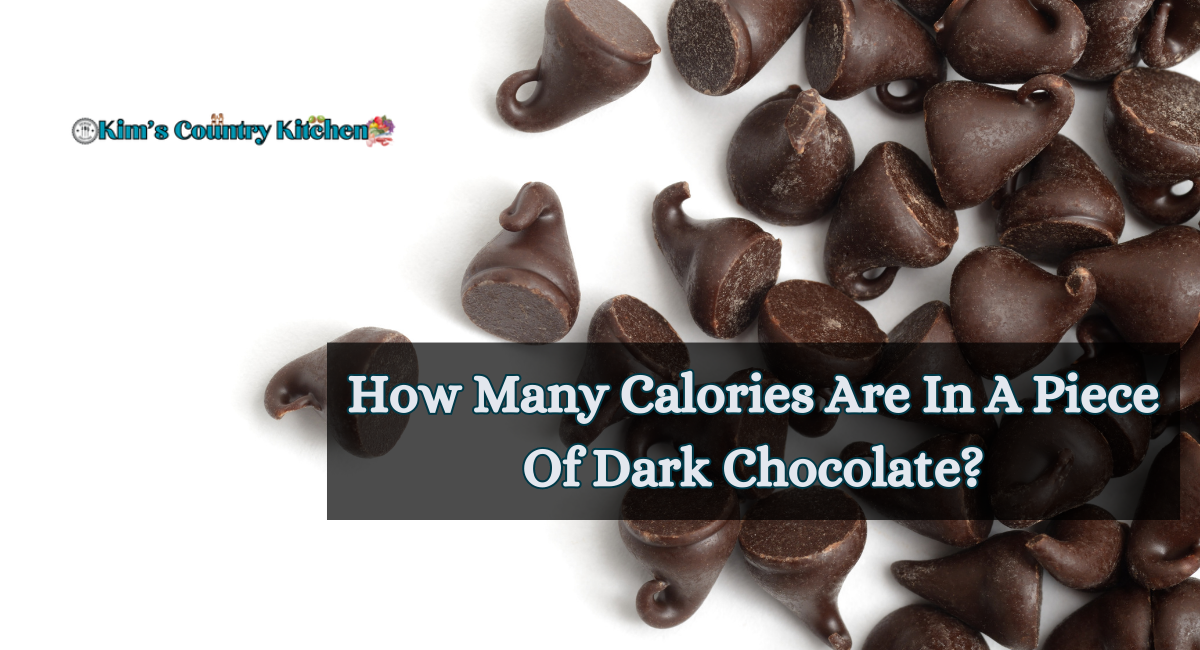Iron, zinc, and magnesium are abundant in dark chocolate’s mineral content. Cocoa in dark chocolate contains antioxidants known as flavonoids, which may have multiple health benefits.
Cacao, a plant rich in minerals and antioxidants, is where chocolate derives. Commercial milk chocolate consists of cocoa butter, sugar, milk, and minute amounts of cacao. Dark chocolate contains significantly more cacao and less sugar than milk chocolate.
In this article, we examine the prospective health benefits of dark chocolate. We also discuss nutritional information and how much to consume.
What Is Dark Chocolate?
Dark chocolate is a variety of more robust and less sweet chocolate than its counterparts. It is produced from roasted and powdered cacao beans, which yield cocoa solids and cocoa butter. More cocoa solids and less sugar contribute to dark chocolate’s robust flavor and characteristic acidity. As a result of its antioxidant content, it is often praised for its prospective health benefits. Dark chocolate’s precise flavor and characteristics can vary depending on variables such as cocoa content and additional ingredients, such as nuts or flavorings.
Nutritional Information
According to the United States Department of Agriculture, a 101-gram (g) bar of dark chocolate containing between 70 and 85 percent cocoa solids contains:
- 604calories
- 7.87 grams protein
- 43.06 grams fat
- 46.36 grams of glucose
- 11,00 g of dietary fiber
- 24,23 grams of sugar
- Iron contains 12.02 micrograms per 100 grams
- 240 mg of magnesium
- 1.34 milligrams of copper
How Many Calories Are There In Dark Chocolate?
A 100-gram bar of dark chocolate contains approximately 500 to 700 calories on average.
However, it is essential to note that this can vary depending on the chocolate’s specific brand and cocoa content.
The greater the cocoa content, the lesser the sugar content; consequently, the fewer calories the chocolate will contain.
If you are monitoring your calorie intake, it is recommended that you choose dark chocolate with a higher cocoa content.
Thus, you can continue to enjoy your favorite delicacy without consuming excessive calories.
For instance, our standard dark chocolate bars contain 55% cocoa solids and 531 calories per 100 grams.
How Many Calories In Each Square Of Dark Chocolate?
If you’re a devotee of dark chocolate, you may be curious about the number of calories in each delicious square.
On average, a square of dark chocolate weighs about 10 grams and contains between 60 and 70 calories.
This varies depending on the brand and cocoa content of the chocolate, but it’s useful to have a general notion.
If you’re searching for a tasty treat that won’t exceed your daily calorie limit, one or two squares of dark chocolate can be a great choice.
Remember, everything is in moderation; eating too many squares can rapidly increase calories.
How To Use Dark Chocolate
The most beneficial flavanols are found in dark chocolate with a cocoa content of 70 percent or higher; however, the darker the chocolate, the bitterer it tastes.
Dark chocolate is a common ingredient in baked goods, and you can frequently find it in the following recipes:
- Cakes and confectionery bars
- Hot beverages, including hot chocolate and chocolate coffee desserts
- Puddings
- Cookies
- When baking dark chocolate, it is essential to heat it carefully over low stove heat or at 50% power in the microwave so that it does not burn.
Here are some additional ways to incorporate modest amounts of dark chocolate into your diet:
- Serve a few small squares of dark chocolate alongside fresh fruit as a straightforward dessert.
- Warm oatmeal is combined with liquefied dark chocolate.
- Add one or two tablespoons of dark chocolate to a chilled banana and blend to create a delicious dairy-free chocolate ice cream substitute.
Health Benefits of Dark Chocolate
Here are some health benefits of dark chocolate:
1. Rich in Antioxidants
The potent antioxidants known as flavonoids are numerous in dark chocolate. These compounds mitigate oxidative stress in the body, reducing the risk of chronic diseases and improving overall health.
2. Heart Health
The consumption of dark chocolate has been associated with enhanced cardiac health. Flavonoids in dark chocolate may promote healthy blood circulation, lower blood pressure, and reduce the risk of cardiovascular problems.
3. Mood Enhancement
Dark chocolate contains compounds that stimulate the release of endorphins, commonly called “feel-good” hormones. A piece of dark chocolate can temporarily improve one’s mood and induce a calm sensation.
4. Brain Boost
Dark chocolate flavonoids and caffeine may improve cognitive function. They can enhance concentration, memory, and alertness by increasing cerebral blood flow.
5. Skin Protection
The antioxidants in dark chocolate may help protect your skin from damage induced by UV rays and environmental pollutants. They may contribute to a healthier complexion and a younger-looking appearance.
6. Blood Sugar Regulation
If you believe it, dark chocolate may help manage blood sugar levels. Some studies suggest it could increase insulin sensitivity, benefiting those at risk for type 2 diabetes.
7. Appetite Control
Dark chocolate’s rich flavor and satisfying texture can help suppress cravings and control appetite. A small portion of dark chocolate could prevent overindulgence in less nutritious snacks.
8. Anti-Inflammatory Properties
Numerous health conditions are linked to chronic inflammation. Flavonoids in dark chocolate have anti-inflammatory properties, which may reduce inflammation in the body.
9. Improved Blood Flow
Flavanols in dark chocolate may strengthen the function of blood vessels, resulting in increased blood flow. This could benefit several aspects of health, including exercise performance.
10. Reduced Stress
The compounds in dark chocolate may have a calming effect on the body, aiding in reducing tension. Those coping with everyday stressors may find this particularly beneficial.
11. Source of Minerals
Magnesium, copper, and iron are minerals found in dark chocolate. These minerals are essential for numerous physiological functions, including nerve function and oxygen transportation.
12. Potential Cancer Prevention
Despite the need for additional research, some studies indicate that the antioxidants in dark chocolate may have a protective effect against certain forms of cancer.
How Much To Eat?
The flavanol content of chocolate products is not required to be disclosed by manufacturers. Consequently, it is difficult to determine how much dark chocolate a person would need to consume to reap the health benefits.
In general, 20–30 g of dark chocolate was consumed daily .Typically, dark chocolate with a higher percentage of cacao solids contains less sugar but more fat. Since more cacao means more flavanols, it’s best to choose dark chocolate with at least 70% cacao solids or more.
Thanks for visiting our site hope you like it ..







